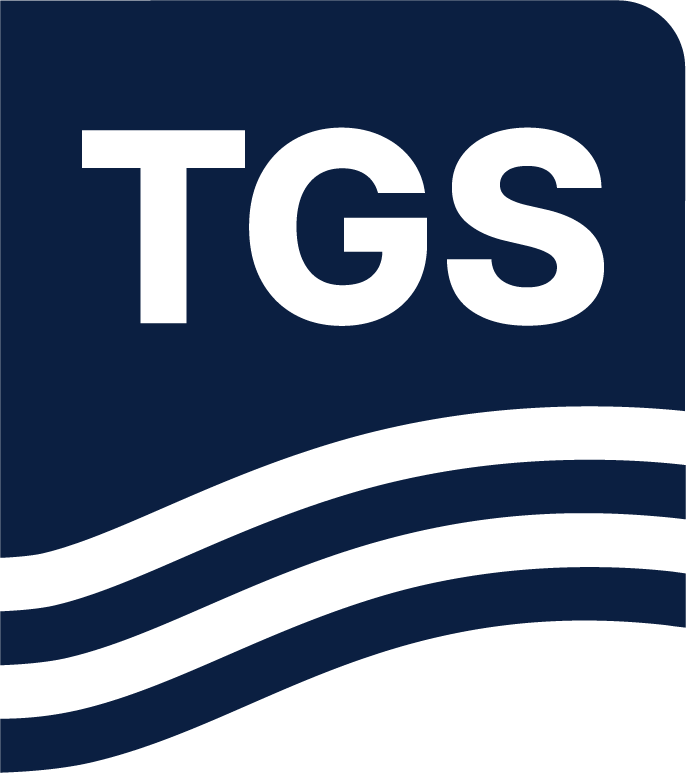Infrastructure constraints will determine how fast Western Haynesville’s gas resources reach the market.
The Haynesville Shale is experiencing a geographic shift that could reshape North American gas production. While the Legacy Haynesville in East Texas and Louisiana continues its steady march toward 15+ Bcf/d of output, a new frontier is emerging 150 miles to the west. The Western Haynesville – spanning four Texas counties and anchored by impressive early wells delivering 40+ MMcf/d initial production rates – represents the basin's next major growth opportunity. But this isn't just another drilling story. It's a race between geology and infrastructure, where multi-billion cubic feet of reserves await the midstream investments needed to unlock them. With U.S. LNG exports set to double by 2028 and Gulf Coast terminals hungry for reliable supply, the Western Haynesville sits at the intersection of domestic resource abundance and global energy demand. The question isn't whether this play will develop – it's how quickly infrastructure can catch up to the drilling pace
Western Haynesville: The Next Growth Engine
While the Legacy Haynesville continues to deliver high-volume dry gas backed by mature infrastructure, the Western Haynesville – stretching across Leon, Freestone, Limestone, and Robertson counties in Texas – is turning heads for all the right reasons. With strong type curve performance, improving capital efficiency, and impressive early production results, the region is shedding its reputation as merely exploratory (Figure 1).
Operators are reporting impressive early results. In Comstock’s own words, “We turned the Elijah-One to sales about a week ago with initial production of 41 MMcf/d – this major step-out represents another milestone achievement in our efforts to delineate the Western Haynesville…”.
Well Economics: A Story of Progress
Despite the initial cost headwinds, the Western region is catching up fast:
- Drilling and Completion costs have fallen ~21%, from $39M in 2022 to a projected $31M by 2025.
- Estimated Ultimate Recovery (EURs) are increasingly competitive with Legacy Haynesville wells.
- Breakeven prices are improving and could dip as low as $2.70/mcf, approaching Legacy levels of $2.50–$2.85/mcf.
This evolution transforms the Western Haynesville from a high-risk, high-cost frontier into a viable growth engine, especially at flat gas prices of $3.50/mcf and higher.
But Infrastructure Is the Bottleneck
For all its promise, the Western Haynesville’s biggest obstacle is below the surface – and not in the rock. It's the lack of infrastructure:
- Sparse gathering networks and limited compression facilities make commercializing production risky.
- Execution risk is high – without strategic midstream development, even strong wells may not reach market.
- The region's deep, high-pressure reservoirs demand technical precision and robust logistical and operational support.
Closing the infrastructure gap is the key to unlock this play. Gathering systems, processing hubs, and pipeline connectivity will be required to turn isolated high-IP wells into repeatable, commercial successes. Midstream companies that move first will be well-positioned to capture a major share of what could become the basin’s next production core (Figure 2).
The region’s proximity to Gulf Coast LNG terminals further enhances its strategic value, aligning Western Haynesville’s growth potential with the U.S.’s rising LNG export demand – projected by the EIA to increase significantly through 2028.
The Western Haynesville isn’t just a geological curiosity – it’s a high-upside, next-generation gas play waiting for a midstream makeover. The rock is ready. The economics are catching up. And with LNG export capacity on the rise, timing couldn’t be better!
For more information on TGS Well Data Analytics or to schedule a demo, contact us at WDPSales@tgs.com.

Figure 1. Gas type curve comparison between Leon County (Western Haynesville) and Panola County (Legacy Haynesville) for wells brought online since October 2023, based on TGS Well Data Analytics.

Figure 2. The orange polygon outlines the emerging “Waynesville” region, which sits close to existing and planned LNG terminals but lacks sufficient pipeline connectivity and gas processing facilities. The yellow polygon indicates the Legacy Haynesville. Infrastructure and midstream data layers provided by MAPSearch.


